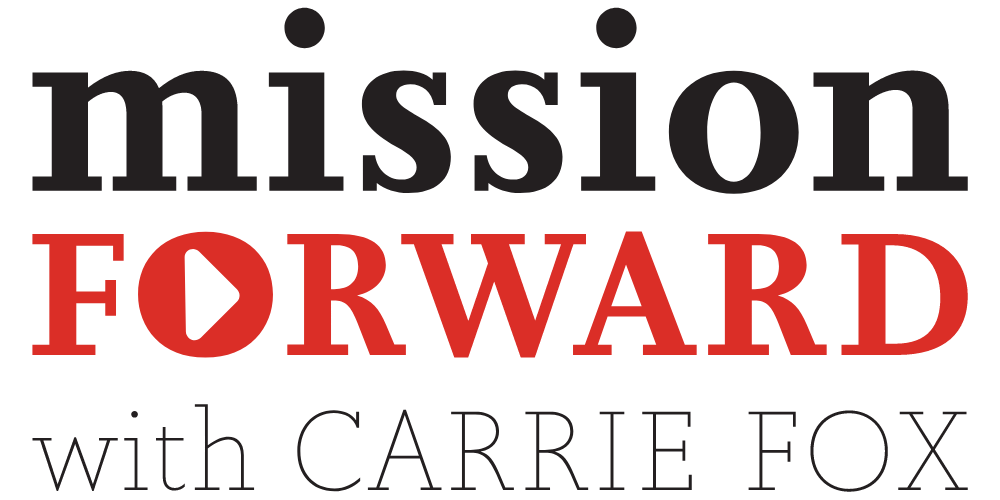Come Closer • Finding the Words
About This Episode
To many people, narrative change is just another jargon term that gets tossed around in politics and philanthropy. To me, it’s a powerful tool to shift how we interpret and understand the world around us, with the goal of making the spaces between us smaller.
This is week 48 of the Finding The Words column, a series published every Wednesday that delivers a dose of communication insights direct to your inbox. If you like what you read, we hope you’ll subscribe to ensure you receive this each week.
-
I was 16 years old when I first experienced the power of narrative change.
It was coming on Christmas, and I was working in my very first internship at a public relations firm in the suburbs of northern New Jersey. That winter, I had been tasked with telling the story of Jen, another 16-year-old girl living with a severe case of juvenile arthritis. She and I had much in common, but our life experiences couldn’t have been much more different. The condition limited her ability to walk but this young woman was determined to run a local road race to support the Arthritis Foundation. She was determined to change the narrative that she believed others had set for her.
I met with her and her family and interviewed her about her lived experiences. I saw firsthand how she had learned to not just live with her condition, but to thrive in her own body—even when it wouldn’t cooperate with her. As I learned her story, the perceived space between us started to close.
I pitched her story to a reporter at the New Jersey Star Ledger, and one Sunday soon after, it landed on the front page. It seemed that her story resonated with far more people than just me. I remember her parents’ gratitude for helping to share her story, and the boost of confidence they believed it gave her to continue challenging the real and perceived limitations of her condition. She was bigger than her illness, and more than her limitations—even though society didn’t always see her that way. Me included.
That story challenged my own attitude and response to people living with disabilities, and it continues to do so. Such is the power of story.
Disability rights activist Harriet McBryde Johnson said in the later years of her life: “Storytelling itself is an activity, not an object. Stories are the closest we can come to shared experience. Like all stories, they are most fundamentally a chance to ride around inside another head and be reminded that being who we are and where we are, and doing what we’re doing, is not the only possibility.”
Jen was among my first agents of change. She was an expert-by-experience who showed me the power of positive storytelling to shift perceptions. And being invited to help tell her story cemented my desire to pursue a field in storytelling—the kind of storytelling that could challenge people to look, and then look again at the issues.
I placed that story almost 30 years ago, and still think about it every year right around this time. Since meeting Jen, I’ve supported hundreds of people and organizations in telling their stories, in their own words, to close gaps in understanding on issues as varied as foster care, homelessness, economic mobility, mental health, and environmental justice.
To many people, narrative change is just another jargon term that gets tossed around in politics and philanthropy. To me, it’s a powerful tool to shift how we interpret and understand the world around us, with the goal of making the spaces between us smaller.
Bottom line: There are no shortage of issues working to pull us apart. Consider where you can get closer to people experiencing and impacted by those issues and see what it does for you as a result.

